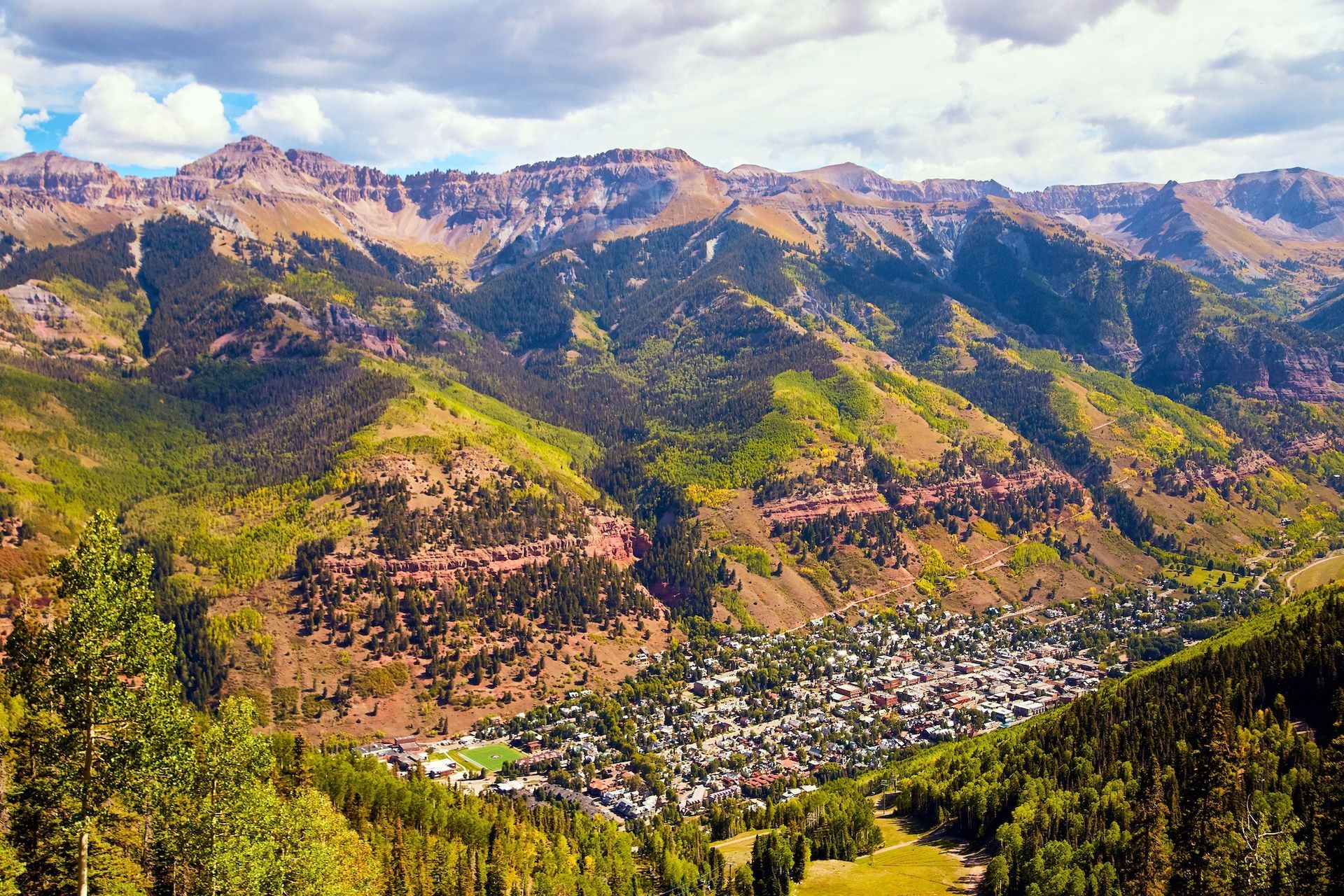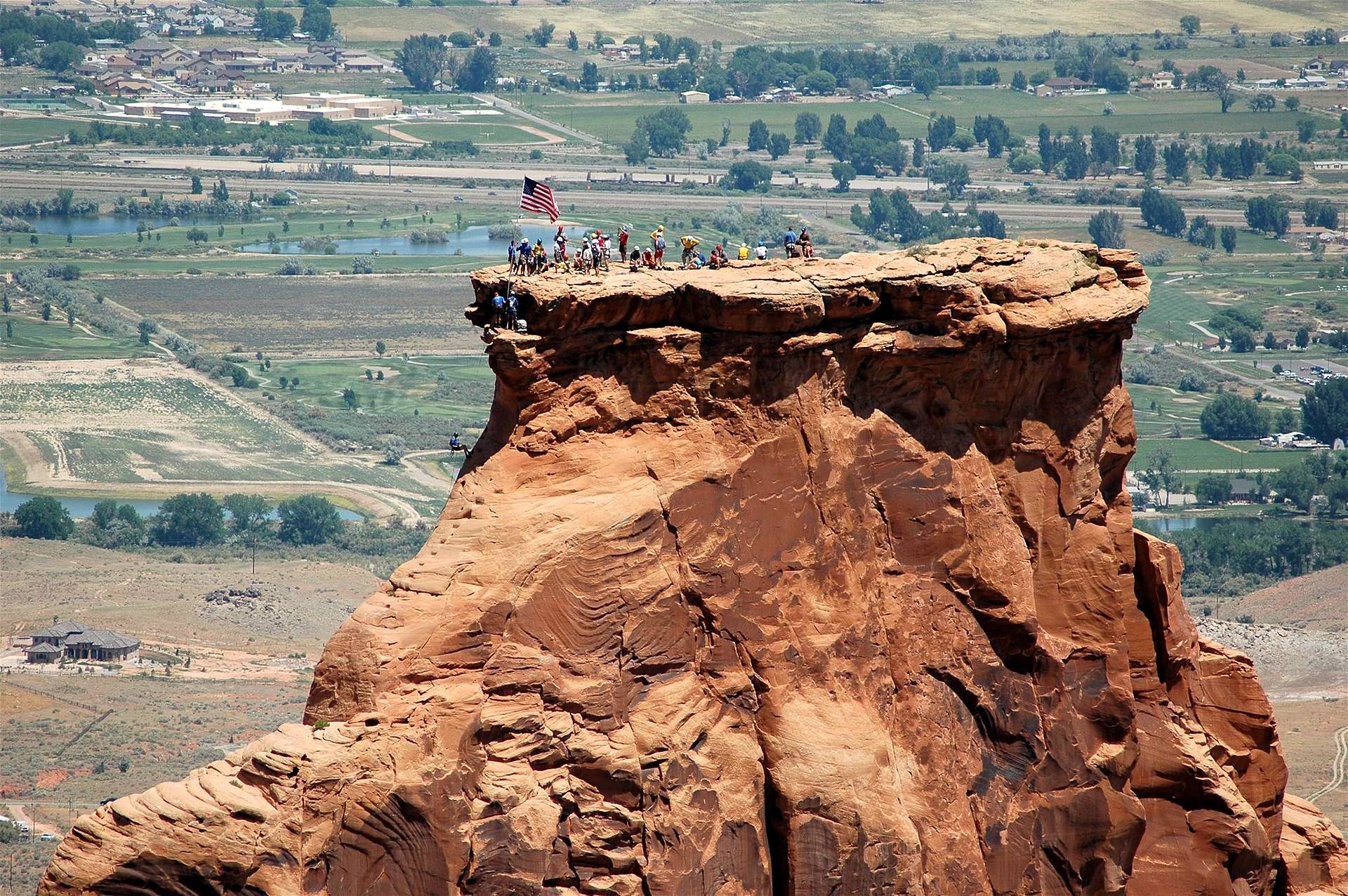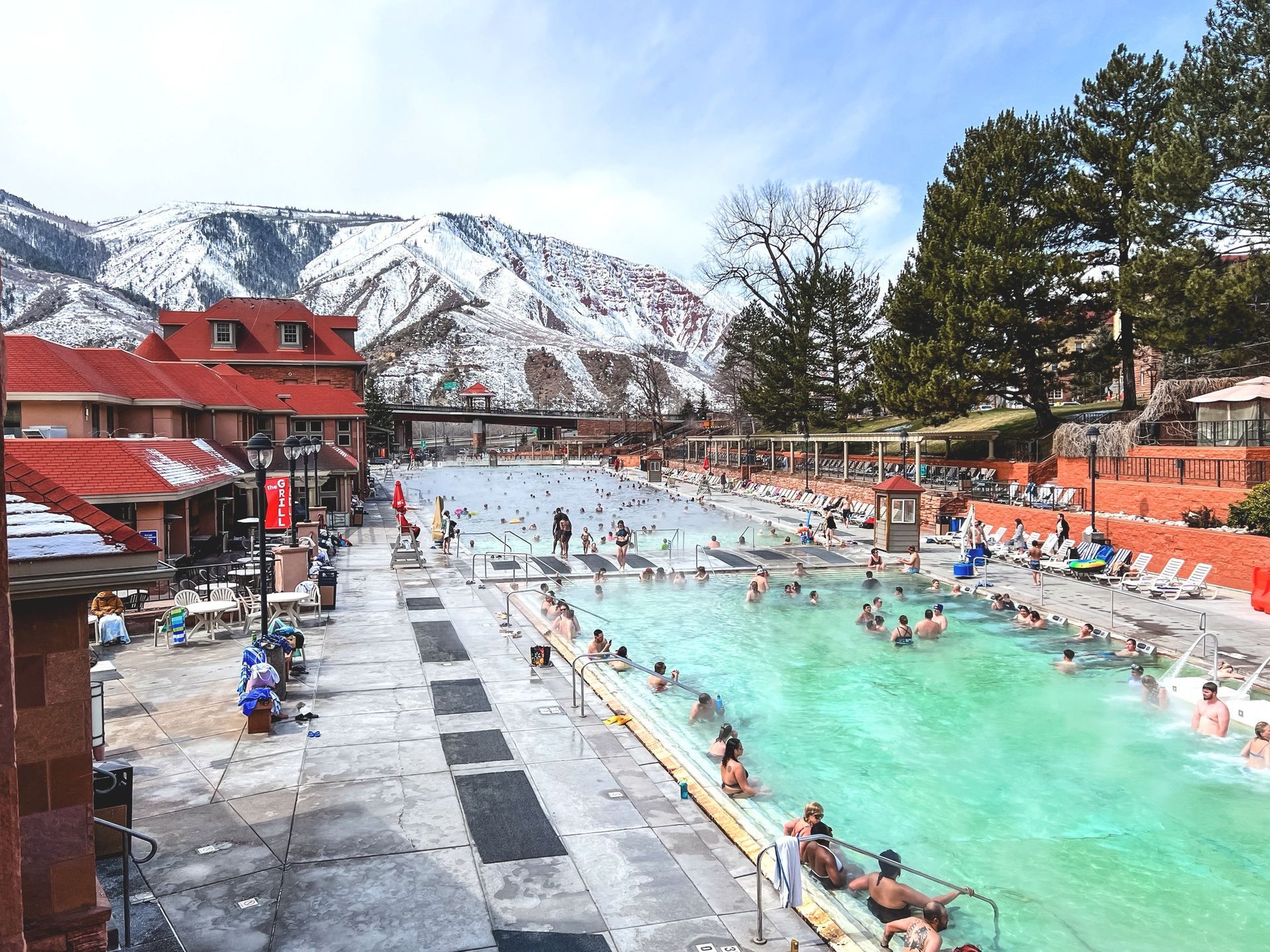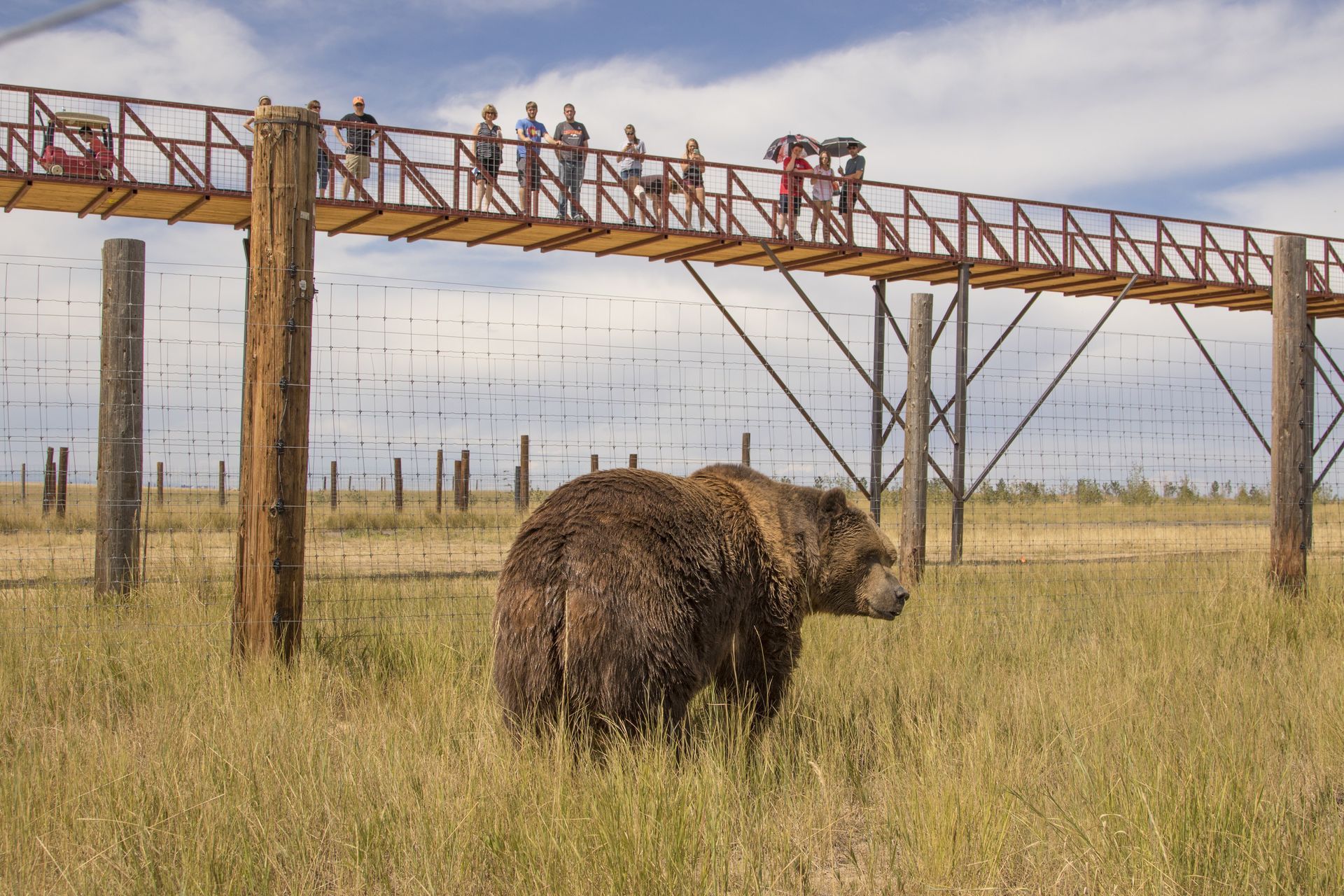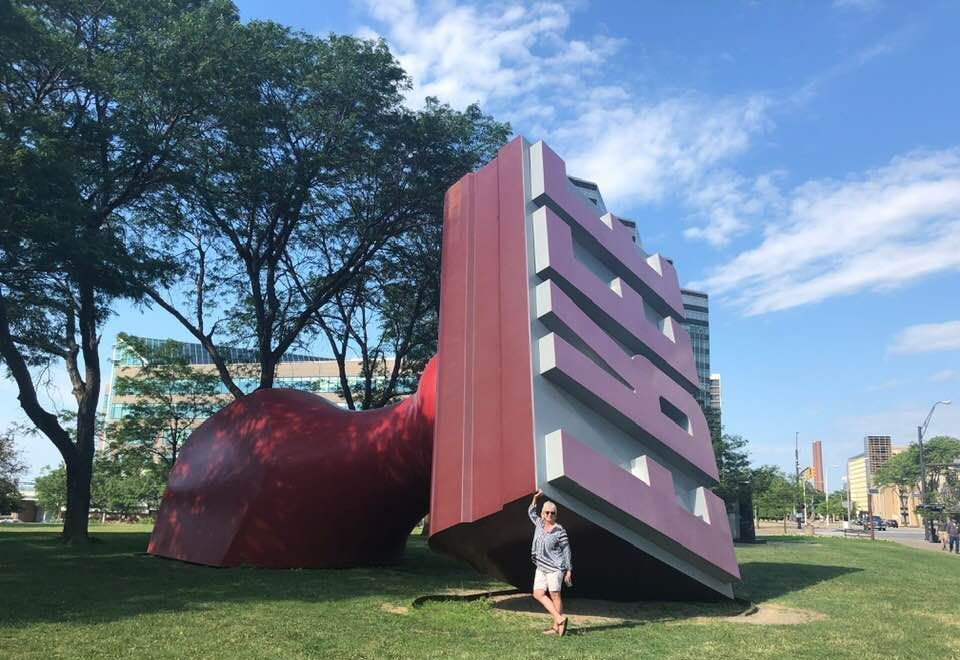World’s Largest Dark Sky Reserve: world record in Alamosa, Colorado
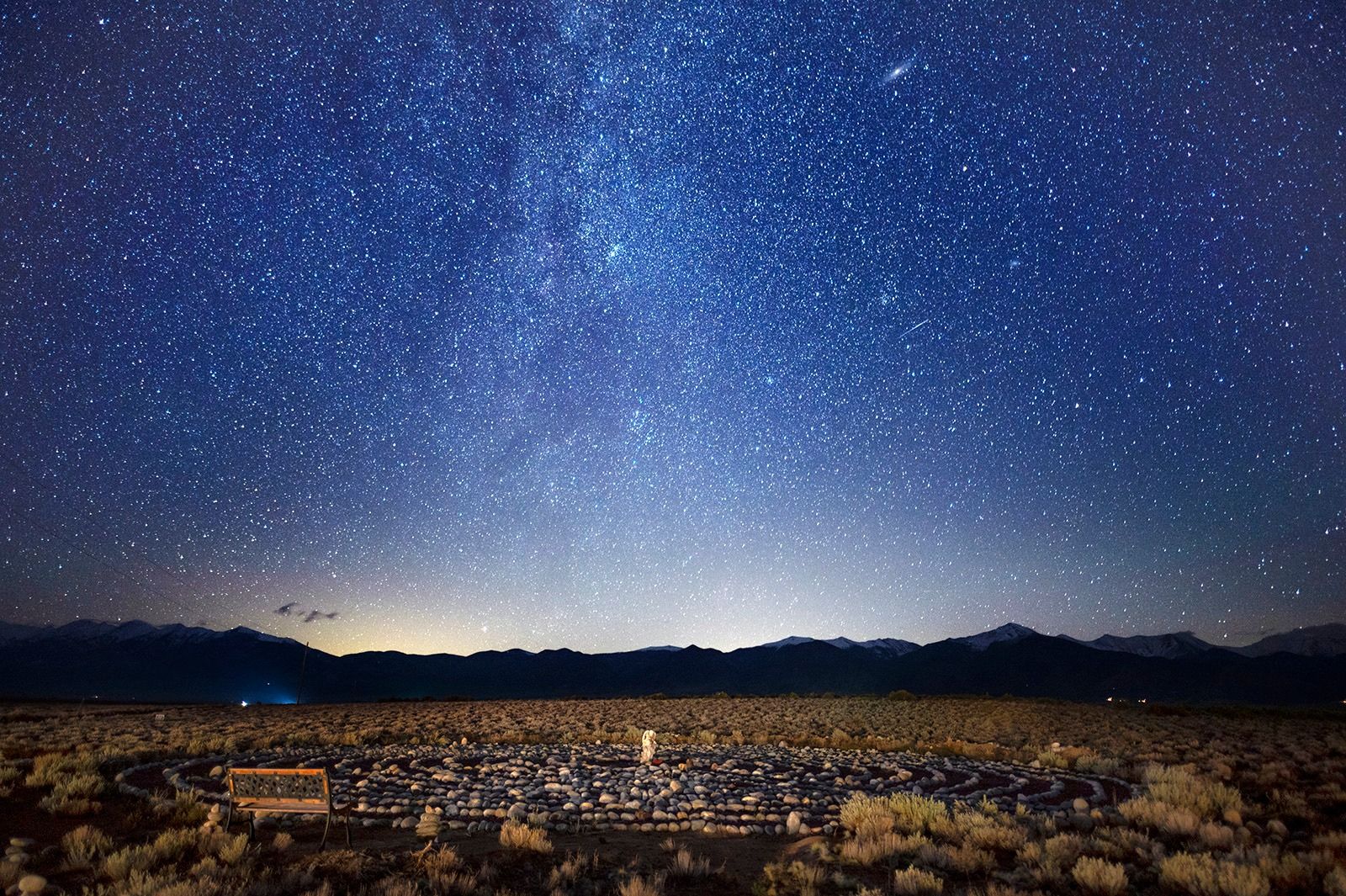
Alamosa, Colorado, United States--Spanning an impressive 4,200 square miles, the Sangre de Cristo International Dark Sky Reserve will encompass parts of 6 different counties (Saguache, Alamosa, Chaffee, Custer, Freemont, and Huerfano; at nine times the size of Los Angeles, an eye-popping 4,200 square miles of southwest Colorado could become protected from the mountains upward, a high sanctuary where light pollution is forever limited, where tiny towns could get a new pulse of life, where tourism takes place in the dark and will become the World’s Largest Dark Sky Reserve, according to the WORLD RECORD ACADEMY.
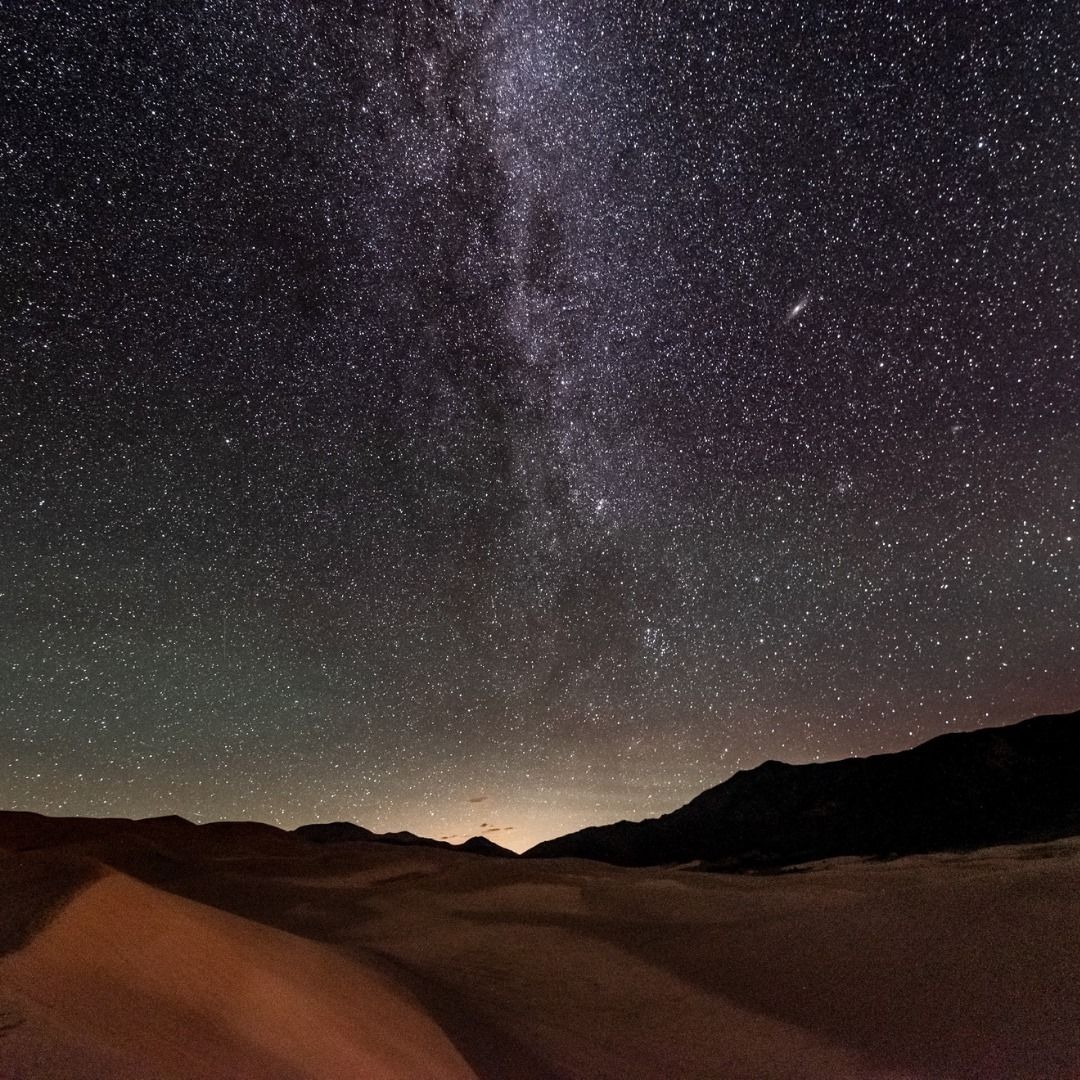
"Spanning an impressive 4,200 square miles, the Sangre de Cristo International Dark Sky Reserve will be the second of its kind in the country - the first being the Central Idaho Dark Sky Reserve - and will encompass parts of 6 different counties (Saguache, Alamosa, Chaffee, Custer, Freemont, and Huerfano)," the Only In Your State reports.
"To receive this prestigious designation, the area must house at least 270 square miles of public or private land and boast a sky quality meter (SQM) reading of equal to or darker than 20 magnitudes per square arc second (a measurement for star and sky brightness).
"While you wait to visit the Sangre de Cristo International Dark Sky Reserve, you can check out a few of Colorado's International Dark Sky locations, including the Black Canyon of the Gunnison National Park, Great Sand Dunes National Park & Preserve, and Jackson Lake State Park."
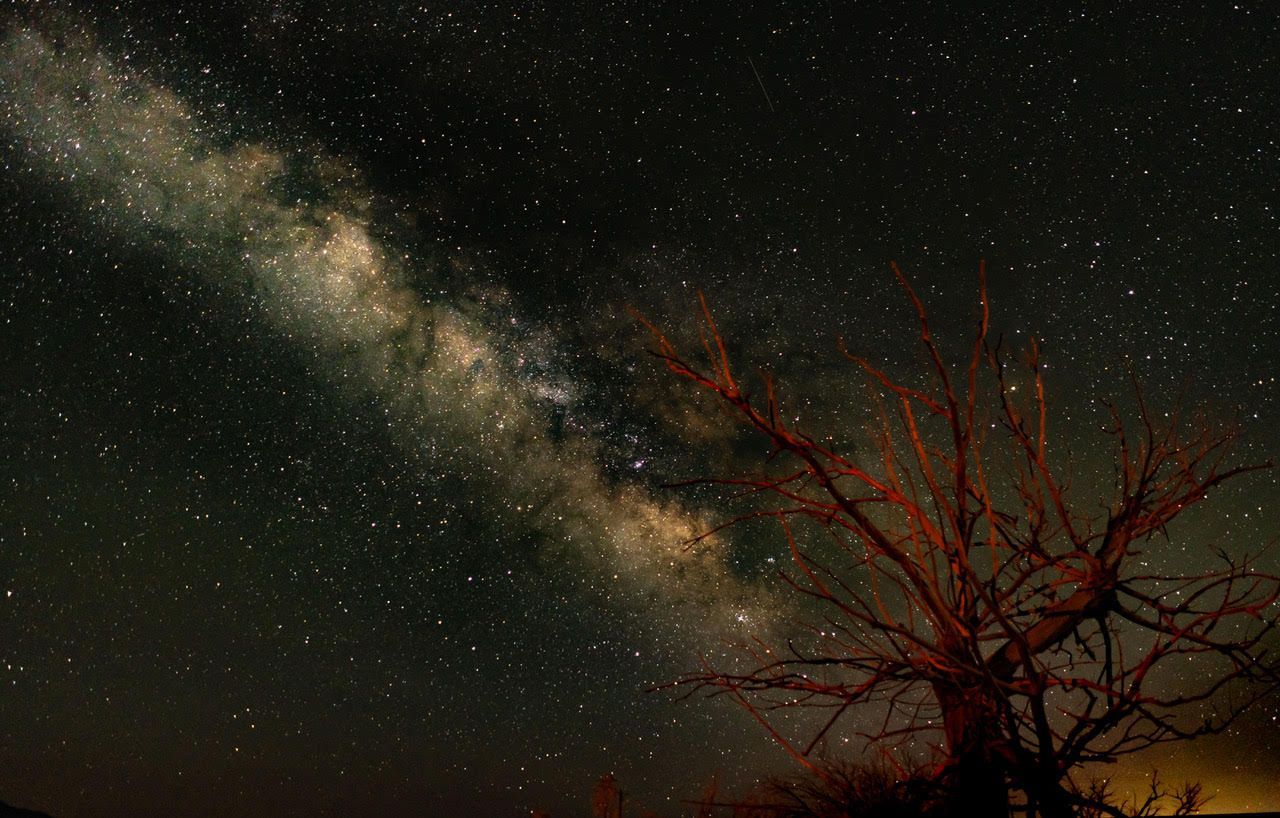
"A growing number of groups—from preserves like Great Sand Dunes National Park to local cooperatives like San Luis Valley Great Outdoors—are moving to create the Sangre de Cristo International Dark Sky Reserve, the second in the United States (joining ranks with the Central Idaho Dark Sky Reserve) and the world’s largest. The coalition aims to apply for designation through the International Dark-Sky Association (IDA)," the
AFAR reports.
"At nine times the size of Los Angeles, an eye-popping 4,200 square miles of southwest Colorado could become protected from the mountains upward, a high sanctuary where light pollution is forever limited, where tiny towns could get a new pulse of life, where tourism takes place in the dark. It’s a push-pull between old agriculture and new tourism, and, in the words of Clint Smith, president of Dark Skies, Inc. of the Wet Mountain Valley, “It’s a matter of time. Tourism will win.”
"To qualify as a reserve, the proposed site must be public or private land of at least 270 square miles. Sky quality meter (SQM) readings need to be equal to or darker than 20 magnitudes per square arc second, a measurement scientists use for star and sky brightness. Eighty percent of the area—in this case, portions of Alamosa, Chaffee, Custer, Freemont, Huerfano, and Saguache Counties—and 80 percent of the population need to meet IDA criteria. That can mean, among other things, public and private street lighting controlled by lighting ordinances, a minimum five-year community commitment, dark-sky educational programs, and dark-sky community signs."
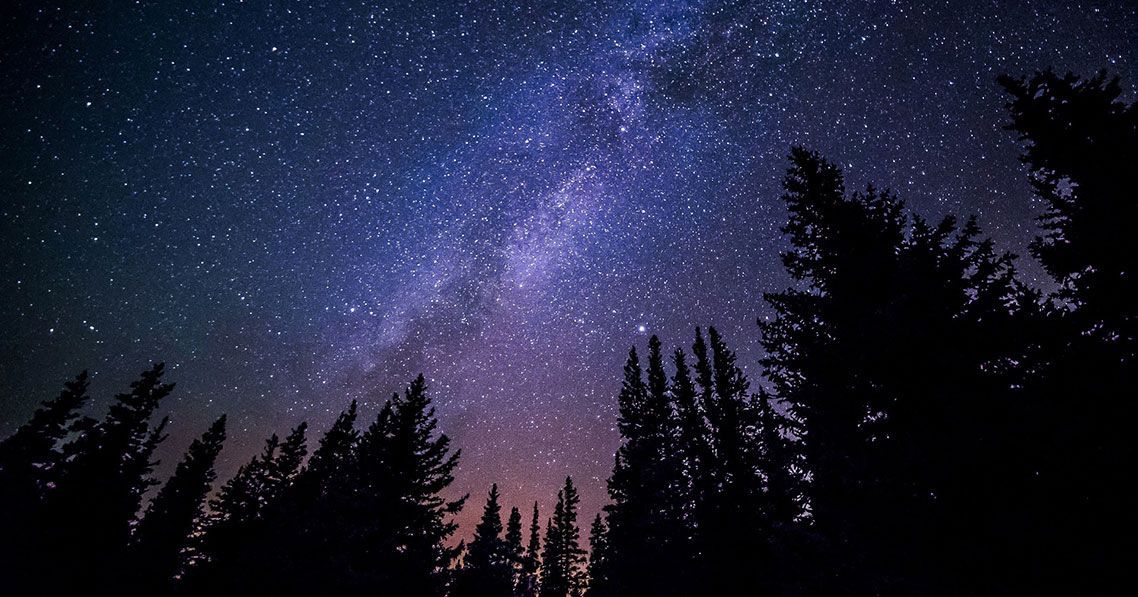
"A coalition of South Central Colorado communities, federal agencies and organizations is working to tamp down light pollution and create what could become the world’s largest International Dark Sky Reserve covering some 4,200 square miles. They want to keep the sky dark, so the stars will stay bright and unobscured by artificial light," the Colorado Public Radio reports.
"The proposed Sangre de Cristo International Dark Sky Reserve would straddle the 14,000-foot mountains it’s named for and stretch from Salida south to the New Mexico border and from Alamosa east to LaVeta.
"Southern Colorado is already home to a number of International Dark Sky locations, including the Great Sand Dunes National Park and Preserve, the towns of Silver Cliff and Westcliffe, and Crestone, all of which are likely to be part of the Reserve."
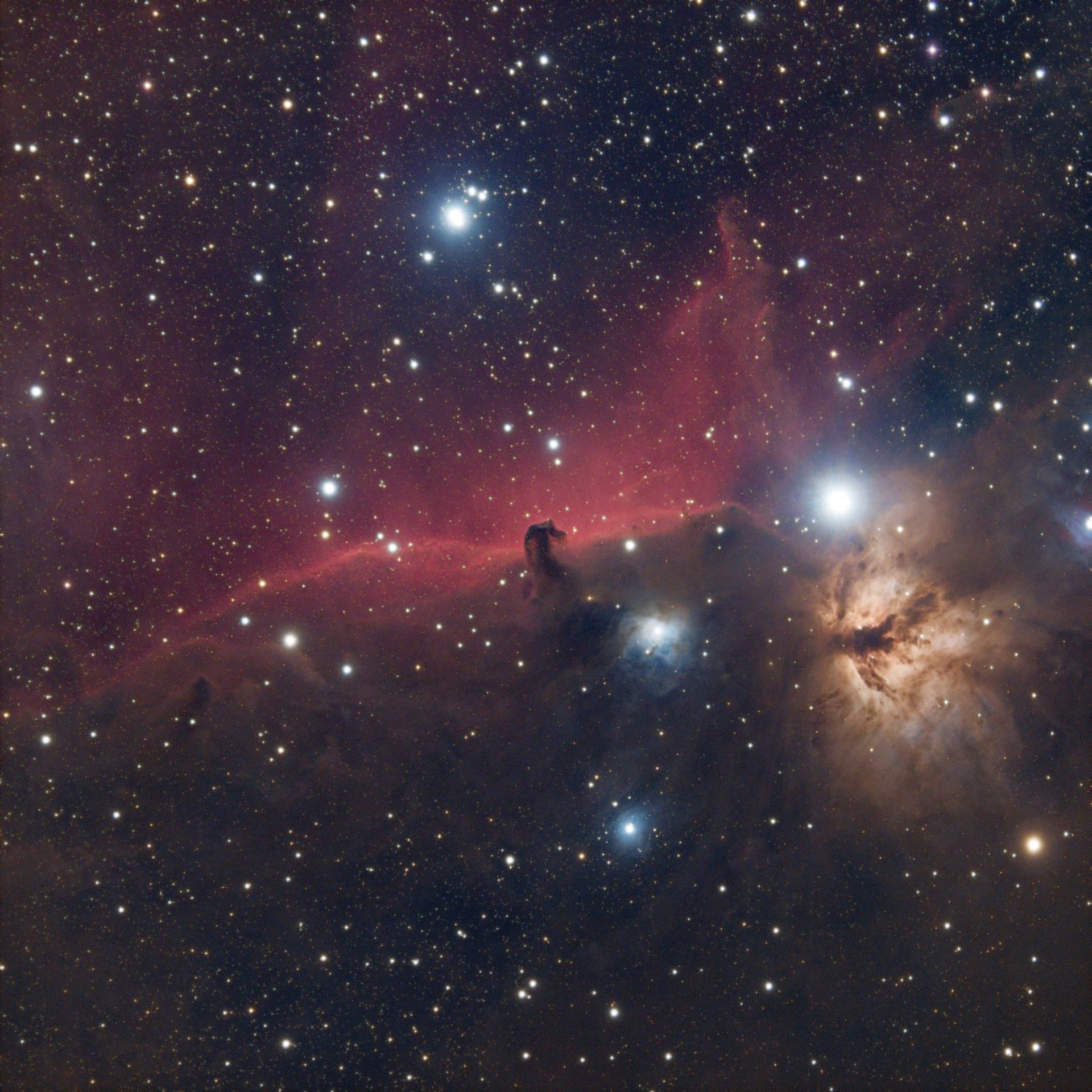
"The Dark Sky Certification program is a global effort to protect the natural darkness of the night sky. Communities like ours that are certified have taken measures to reduce light pollution and promote responsible lighting practices, the Dark Skies Colorado says.
"Westcliffe and Silver Cliff are perfectly situated to avoid the light pollution coming from large cities such as Denver and Colorado Springs.
"Light pollution refers to the excessive, artificial, and unwanted light that affects the natural darkness of the night sky. It is caused by various sources such as streetlights, floodlights, and commercial lighting, among others. The excessive and inappropriate use of these artificial lights creates a bright and hazy sky that makes it difficult to view stars and other celestial objects."
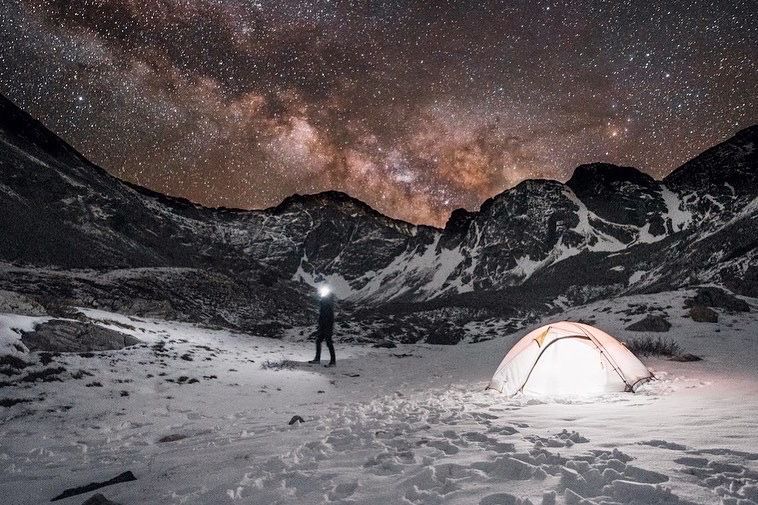
"SLV GO! has partnered with local communities, private landowners, and state and federal agencies to form the Sangre de Cristo Dark Sky Coalition, whose aim is to promote the preservation of our spectacular night skies. SLV GO! has been spearheading the effort by working to achieve “International Dark Sky Reserve” designation from the International Dark Sky Association (IDA).
"The purpose of this project is to protect and steward the region’s night sky through responsible lighting policies and public education. SLV GO! and partners believe this designation will be an asset to the region in terms of human health and safety, wildlife and ecosystem vitality, and the local economy. If SLV GO! is successful in achieving this designation, the Sangre de Cristo Dark Sky Reserve will be one of the largest official areas protected from artificial light in the world!" the San Luis Valley says.
"The Sangre de Cristo Dark Sky Reserve will encompass the Sangre de Cristo Wilderness, Rio Grande and San Isabel National Forests managed by the U.S. Forest Service, public lands administered by the Bureau of Land Management and the U.S. Fish and Wildlife Service, Great Sand Dunes National Park, and will include parts of 8 counties in south-central Colorado including Alamosa, Saguache, Chaffee, Fremont, Custer, Huerfano, Las Animas, and Costilla counties."
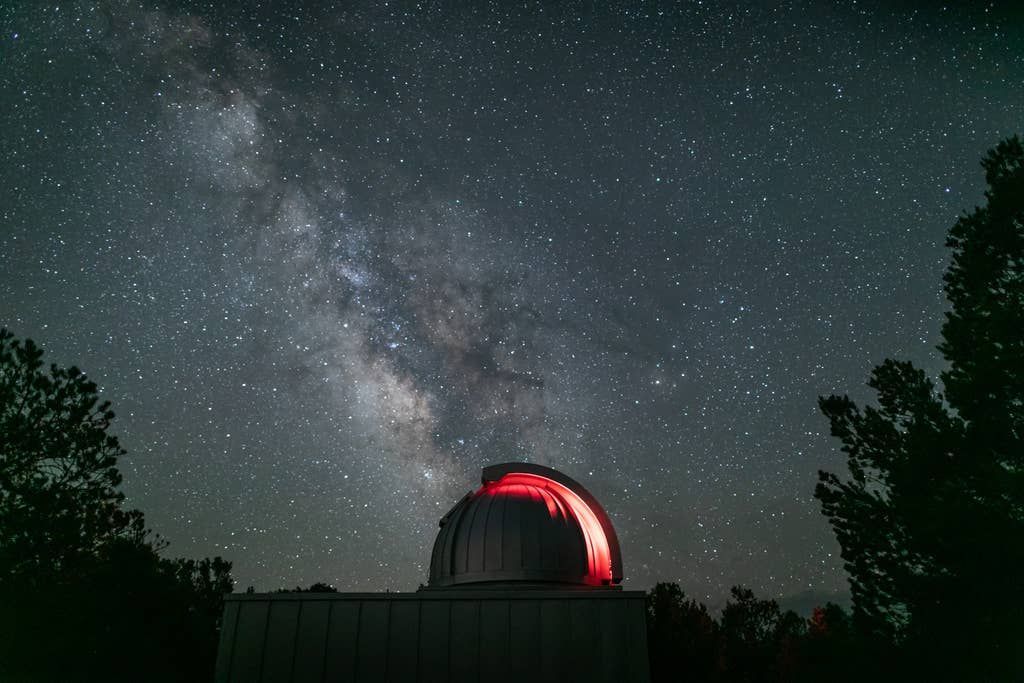
"Billions of stars, dazzling planets, and the milky way light up our sky every night, but, sadly, most won’t ever experience Mother Nature’s light show. Over the years it has become increasingly difficult to see the blanket of stars above us, let alone the Milky Way, near any metro area," the
Uncover Colorado says.
"Thanks to a dedicated group called the International Dark-Sky Association and special efforts to preserve the night sky, places like Colorado are working towards making sure future generations are able to enjoy the celestial show.
"Colorado currently holds 14 international dark sky places, with some designated as a dark sky community or a dark sky park. Each has gone through a rigorous approval process to receive these designations. Currently, there are 33 dark sky communities in the world and Colorado hosts six of them. The towns of Westcliffe and Silver Cliff lead the way as the state’s first certified Dark Sky Communities."
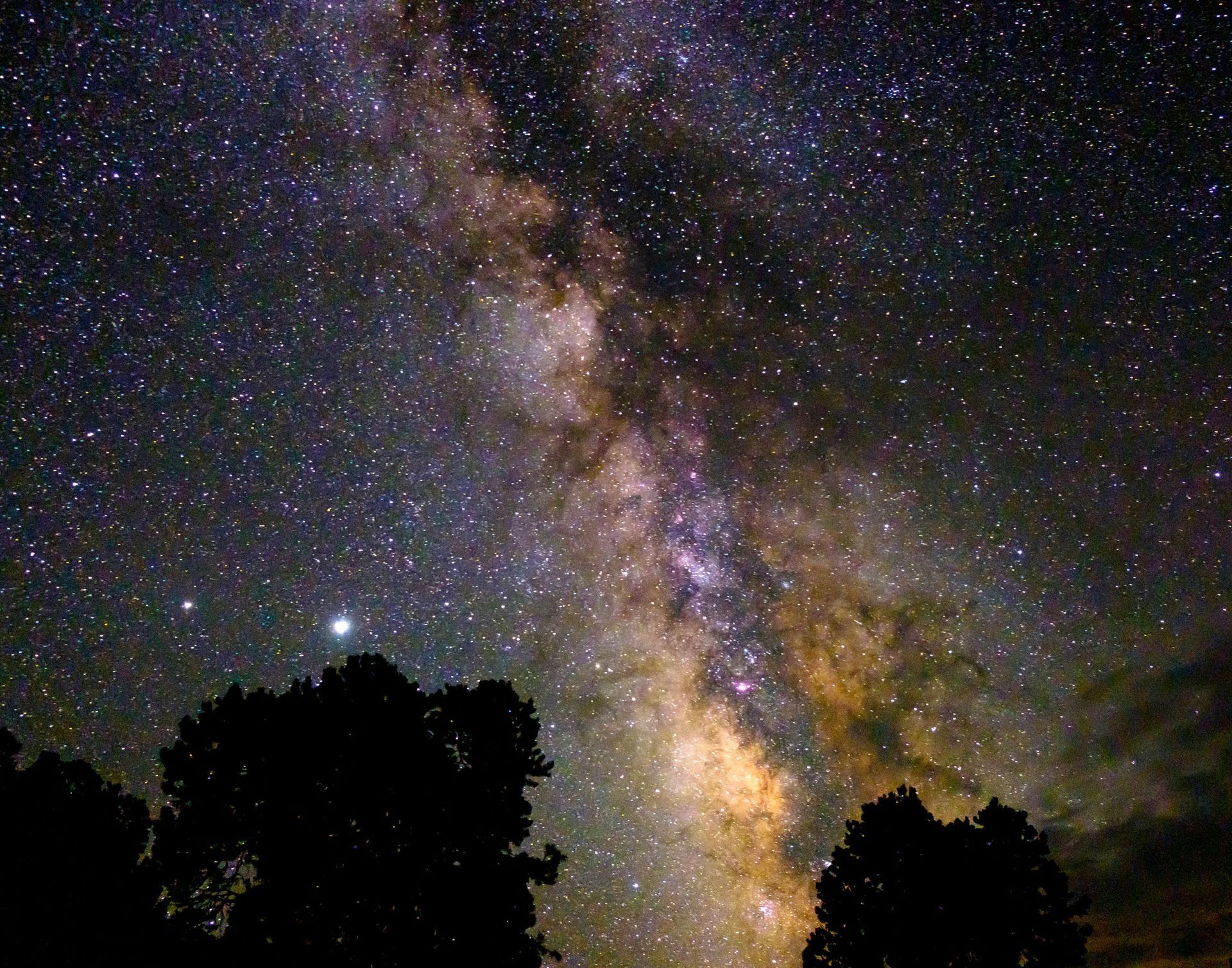
World’s Largest Dark Sky Reserve: Alamosa, Colorado
Address: Southern-Central Colorado, Alamosa, CO, United States, Colorado
Facebook: Sangre de Cristo Dark Sky Reserve
email: slvgreatoutdoors@gmail.com
website:
https://slvgo.com/
